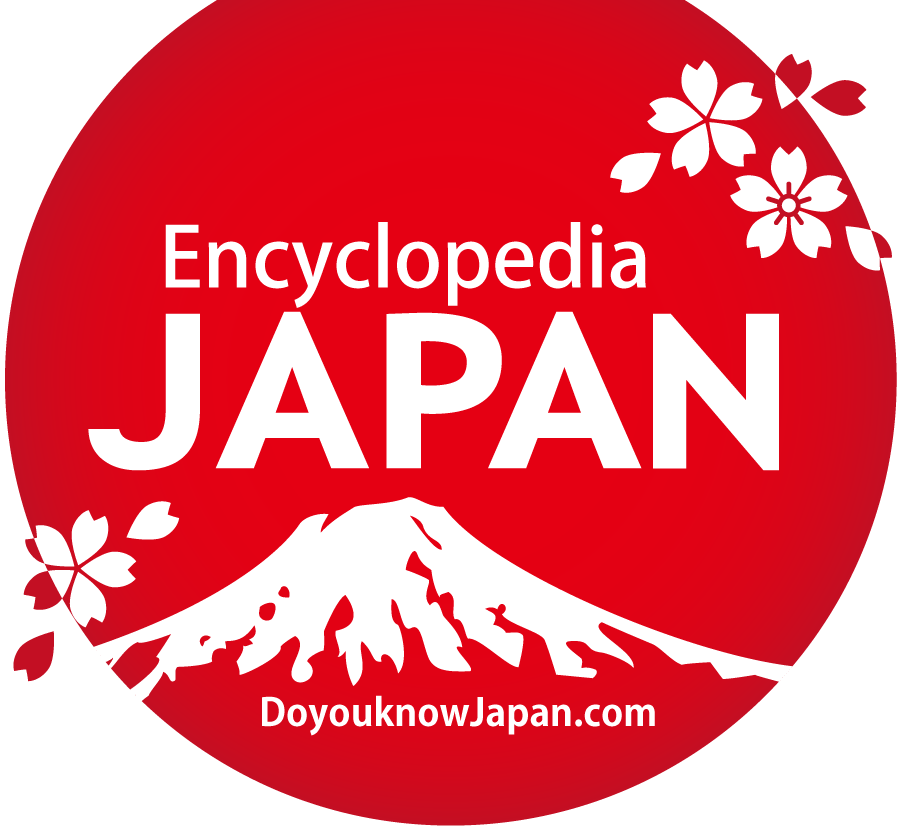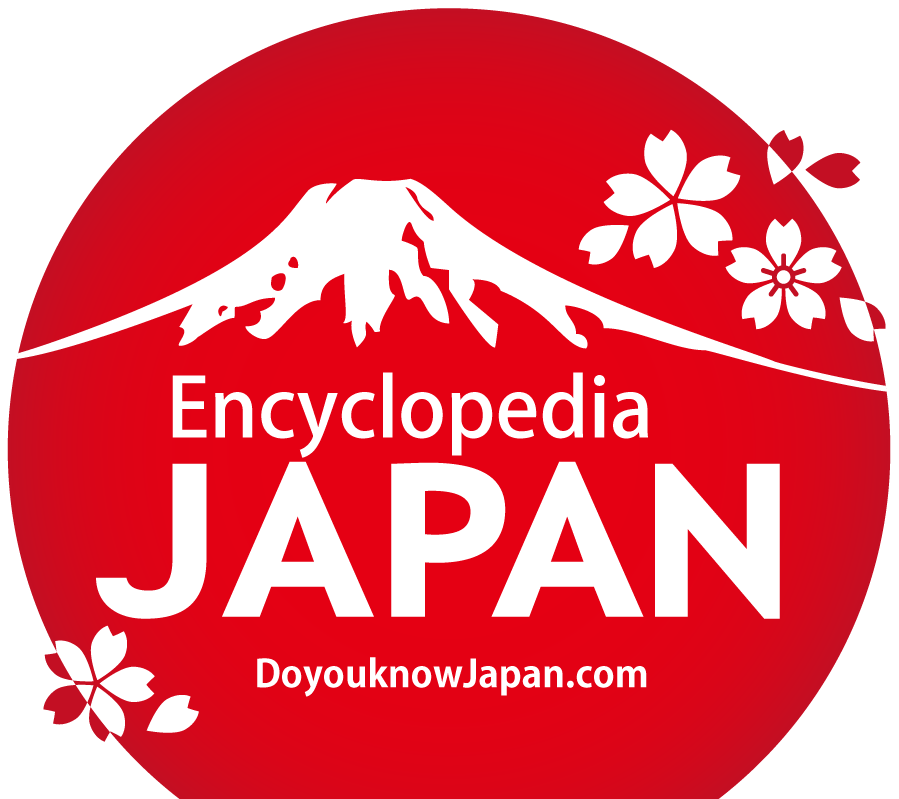Anime
Brief Overview of Japanese Animation

More than 6,000 Anime are Produced in Japan
Japan is one of the handful of biggest producers of animation in the world. Japanese animation is called distinctively “Anime” compare to other animations from other countries. The word “Anime” is the abbreviated pronunciation of "animation" in Japanese. In other languages, the word ”Anime” is defined as animation from Japan or as style of animation imported from Japan, often characterized by fantastic themes, dynamic characters and colorful graphics. According to the survey, more than 6,000 anime are produced, and more than 3,200 anime are aired on television. Also, about 60% of the all animations broadcasted in the world are made in Japan.
Japanese Anime holds 2 Guinness World Record
Japanese Anime holds several Guinness World Record. One is "Sazae-san", which is the longest broadcasting animation in the world with more than 7,000 episodes since 1969. Other one is "Anpanman", which holds the the highest number of characters in an animated franchise with a total of 1,768 characters appearing in the first 980 episodes of the TV series and the first 20 movie films.
Anime Became Greatly Popular Around the World
The first commercial Japanese animation was broadcasted in 1917, and production of anime works in Japan has since continued to increase steadily. The characteristic art style of Anime emerged in the 1960s with the works of Osamu Tezuka and spread internationally in the late 20th century, developing a large domestic and international audience. Anime is distributed theatrically, by television broadcasts, directly to home media, and over the internet and is classified into numerous genres targeting diverse broad and niche audiences.

Anime is Developed by Distinctive Technique
Anime is based on a varied art form with distinctive making methods and techniques that have been adapted over time in response to emergent technologies. The production of anime focuses less on the animation of movement, and more on the realism of settings as well as the use of camera effects, including panning, zooming and angle shots. Diverse art styles are used and character proportions and features can be quite varied, including characteristically large emotive or realistically sized eyes.
More than 430 Anime Studios in Japan
The anime industry consists of over 430 anime production studios including major studios like Studio Ghibli, Production IG and Toei Animation. Despite having a fraction of the domestic film market, anime achieves a majority of DVD sales and has been an international success after the rise of televised English dubs. This rise in international popularly has resulted in non-Japanese productions using the anime art style.
Opening Movies of Japanese Anime
History of Japanese Animation

Japanese Animation was Born in early 20th Century
Anime arose in the early 20th century, when Japanese filmmakers experimented with the animation techniques. The earliest Japanese animation is called Katsudo Shashin, an undated private work by an unknown creator. In 1917, the first professional and publicly displayed works began to appear. Animators such as Oten Shimokawa and Seitarou Kitayama produced numerous works, includes the oldest surviving film “Kouchi's Namakura Gatana", which is two minutes clip of a samurai trying to test a new sword on his target only to suffer defeat. In 1923, Great Kanto earthquake resulted in broad destruction of Shimokawa's warehouse, destroying most of these early works.
Development of Japanese Style Cel Animation Production Technique
By the 1930s, animation has started to replace the live-action industry in Japan as an alternative format. At that time, it faced a competition against foreign products, which were cheaper cutout animation rather than cel animation. Kenzo Masaoka and Mitsuyo Seo, nonetheless made great strides in animation technique; they benefited from the patronage of the Japanese government, which employed animators to produce educational short films and propaganda. By 1940, numerous anime artists' organizations had risen, including the Shin Mangaha Shudan and Shin Nippon Mangaka. The first feature-length animation film was “Momotaro's Divine Sea Warriors” directed by Seo in 1944 with sponsorship by the Japanese Imperial Navy.
The Influence of the Walt Disney to Japanese Animation
The success of The Walt Disney Company's film “Snow White” and “the Seven Dwarfs” greatly influenced many Japanese animators. In the 1960s, manga artist and animator Osamu Tezuka brought in many Disney animation techniques and simplified it to reduce costs and to limit the number of frames in animation film. He intended this as a temporary measure to allow him to produce material on a tight schedule with inexperienced animation staff. “Three Tales”, aired in 1960, was the first anime shown on television. The first anime television series was “Otogi Manga Calendar”, aired from 1961 to 1964.

Tezuka Method Made Base of Modern "Anime"
The 1970s saw a surge of growth in the popularity of manga comics and graphic novels, many of which were later animated. The work of Osamu Tezuka drew particular attention: he has been called a "legend" and the "god of manga". His works and the works of other pioneers in the field inspired characteristics and genres that remain fundamental elements of anime today. The giant robot genre (known as "mecha" in other countries), for instance, took shape under Tezuka, developed into the Super Robot genre under Go Nagai and others, and was revolutionized at the end of the decade by Yoshiyuki Tomino who developed the Real Robot genre. Robot anime like the “Gundam" and “The Super Dimension Fortress Macross" series(“Robotec" in other countries) became instant classics in the 1980s, and the robot genre of anime is still one of the most common in Japan and worldwide today.
"Anime" became Mainstream of Japanese Entertainment
In the 1980s, anime has became more accepted by the audience of majority in Japan, and experienced a boom in production. Following a few successful adaptations of anime in overseas markets in the 1980s, anime gained increased acceptance in those markets in the 1990s and even more at the turn of the 21st century. In 2002, Spirited Away, a Studio Ghibli production directed by Hayao Miyazaki won the Golden Bear at the Berlin International Film Festival and in 2003 at the 75th Academy Awards it won the Academy Award for Best Animated Feature.



Representative Japanese Anime
Fullmetal Alchemist

GINTAMA

Steins;Gate

Hunter x Hunter

Clannad: After Story

Code Geass

Code Geass R2

Ginga Eiyuu Densetsu

Spirited Away

Wolf Children

The Melancholy of Haruhi

Samurai X

Fighting Spirit

Cowboy Bebop

Gurren Lagann

Princess Mononoke

GTO

Fate/Zero

Fate/stay night

Natsume's Book of Friends

Death Note

Kara no Kyoukai

Howl's Moving Castle

Parasyte -the maxim-

Kuroko's Basketball

Attack on Titan

anohana

Haikyu!!

Hellsing Ultimate

Neon Genesis Evangelion

Evangelion:2.22

One Piece

Madoka Magica

Baccano!

Grave of the Fireflies

Bunny Drop

Nana

Chihayafull

Chihayafull 2

Psychopath

Psychopath 2

Ghost In The Shell SAC

Ghost In The Shell GIG

Ghost In The Shell Arise

Innocence

The Seven Deadly Sins

Slam Dunk

From the New World

Toki Kake

Katanagatari

Tiger X Dragon

Kids on the Slope

My Ordinary Life

My Neighbor Totoro

Angel Beats!

Samurai Champloo

Dhurarara!!

Nausica

Ouran School Host Club

Sword of the Stranger

Beck

Sword Art Online

Sword Art Online Ⅱ

Naruto

Bleach

Elfen Lied

Soul Eater

Fairy Tail

Bakemonogatari

Another

Black Butler

K-On!

KILL la KILL

Tokyo Ghoul

The Familiar of Zero

Lucky☆Star

D.Gray-man

Claymore

Shakugan no Shana

Black Lagoon

Furi Kuri

5 Centimeters per Second

A Certain Magical Index

Noragami

Log Horizon

My Little Monster

Kimi ni Todoke

Eden of The East

InuYasha

Beyond the Boundary

Ergo Proxy

Eureka Seven

Eureka Seven ao

Terror in Resonance

PandoraHearts

Kokoro Connect

Disappearance of Haruhi

K

Blood Plus

Darker than Black

Certain Scientific Railgun

Shiki

Danganronpa

Free!

Pokémon

Blast of Tempest

Daily Lives of School Boys

Summer Wars

Akira

Black★Rock Shooter

Aldnoah.Zero

Berserk

Wolf's Rain

Hell Girl

Nagi-Asu

Arakawa Under Bridge

Gargantia

Final Fantasy 7

Ga-Rei-Zero

Barakamon

Rozen Maiden

Castle in the Sky

Paprika

Kiki's Delivery Service

Hanasaku Iroha

Persona 4

Ponyo

The Garden of Words

.hack

Last Exile

Gundam Unicorn

GUNDAM 00

GUNDAM THE ORIGIN

GUNDAM Char's Counterattack

GUNDAM 0083

GUNDAM F91

GUNDAM 08th MS Team

GUNDAM MS IGLOO

GUNDAM Seed

GUNDAM Seed Destiny

GUNDAM Wing

Macross

Macross 7

Macross Zero

Macross Plus

Macross F

Battle Ship Yamato

Dragon Ball

Dragon Ball Z

Dragon Ball GT

Dragon Ball Kai

Yukikaze

Magic Knight Rayearth

Ojamajo Doremi

The Twelve Kingdoms

APPLESEED

Moyasimon

Sengoku Basara

Genesis of Aquarion

Aquarion Evol

GaoGaiGar

Broken Blade

Hyōka

Space Brothers

Sket Dance

Hikaru no Go

Kamisama Kiss

Captain Earth

Ace of Diamond

Ping Pong

Your Lie in April

Rage of Bahamut

SHIROBAKO

Garo

Knights of Sidonia

Expelled from Paradise

Blood Blockade

Tokyo Godfathers

The Tatami Galaxy

Tiger & Bunny

Yowamushi Pedal

Lupin the 3rd

Detective Conan

Gunbuster

Gunbuster2

On Your Mark

Star Driver

Nisekoi

Shin Chan

Doraemon

Salor Moon

Saint Seiya

Captain Harlock










